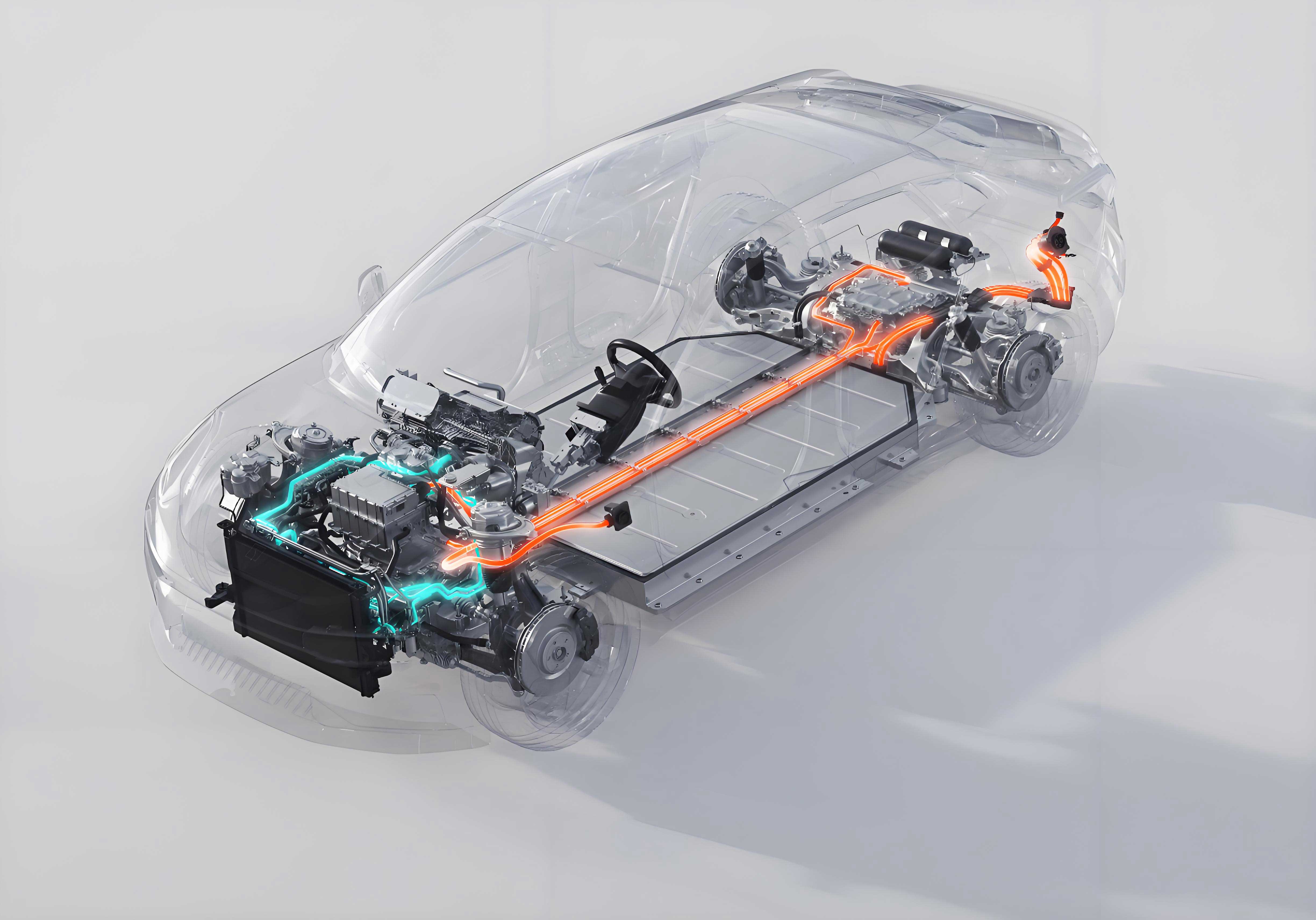In the rolling hills of France’s Hauts-de-France region, Envision AESC’s battery gigafactory rises near Douai—a symbol of Europe’s electric vehicle ambitions and its deepening ties with Chinese manufacturers. Yet this project, buoyed by a €48 million French subsidy approved by the European Commission in January 2025, exists alongside a stark contradiction: punitive EU tariffs targeting Chinese electric vehicle imports. This duality encapsulates Brussels’ struggle to balance industrial collaboration with protectionism as it navigates the world’s fastest-growing electric vehicle market.

The Subsidy Gambit
Envision’s French facility, set to produce 9GWh of batteries annually by 2025, is not an anomaly. Across Europe, Chinese battery giants are securing state-backed incentives. Spain’s PERTE VEC II program granted Envision €300 million (€200M subsidy + €100M loan) for its Navalmoral de la Mata plant. CATL’s joint venture with Stellantis received €133 million, while ProLogium secured €1.5 billion for its Dunkirk factory. These projects share a critical feature: they fall outside the EU’s stringent “battery development subsidy program,” which mandates technology transfer for funding.
European nations court Chinese investment to accelerate local electric vehicle supply chains. Spain’s industry ministry openly champions this strategy, noting such projects “strengthen Europe’s battery ecosystem.” Yet this stands in tension with Brussels’ broader trade posture.
The Tariff Wall
While batteries flow into subsidized factories, finished electric vehicles face barriers. In October 2024, the EU imposed anti-subsidy duties up to 35.3% on Chinese electric vehicle imports after a year-long investigation. The ruling targeted BYD, Geely, and SAIC, alleging state-funded price distortion. Though negotiations moderated initial rates, the duties took effect—a move Volkswagen and BMW publicly opposed, warning of market disruption.
Now, signals suggest recalibration. European Commission President Ursula von der Leyen, speaking at January’s Davos Forum, emphasized 2025 as a “pivotal year” for EU-China relations, hinting at tariff flexibility. Her conciliatory tone—14 China references in one speech—contrasts sharply with 2023’s “distorted market” rhetoric.
The Policy Schism
The EU’s bifurcated approach reveals deeper fractures:
- Local vs. Global Logic: Member states subsidize Chinese battery plants to create jobs and meet EU green targets, while Brussels penalizes finished electric vehicles to shield local automakers.
- Technology Control: The Commission’s November 2024 proposal requiring tech transfers for certain subsidies remains unimplemented where states bypass EU funds—as with Envision’s French deal.
- Competitive Fragmentation: As Teresa Ribera, EU Green Deal architect, noted in Davos, uncoordinated national subsidies risk intra-EU “competition,” undermining single-market cohesion.
European automakers increasingly challenge this dissonance. Renault, set to source batteries from Envision’s Douai plant, opposes tariffs that could raise consumer costs and slow electric vehicle adoption. Stellantis, invested in CATL’s Spanish JV, echoes this concern.
The Path Ahead
The EU’s next steps remain fraught:
- Negotiation Leverage: Tariffs could be bargaining chips for reciprocal Chinese market access. Von der Leyen’s February call for “constructive engagement” suggests this calculus.
- Subsidy Harmonization: Ribera’s push for pan-EU electric vehicle incentives—not “scattered national measures”—aims to replace fragmentation with collective strength.
- Supply Chain Realities: With European battery production trailing demand until 2030, Chinese partnerships remain indispensable for the EU’s electric vehicle transition.
As Envision’s cranes pivot over Douai, the EU faces a defining choice: double down on defensive trade measures or harness interdependence to build a resilient electric vehicle future. The outcome will shape not only Europe’s automotive landscape but the global race for electric mobility supremacy.